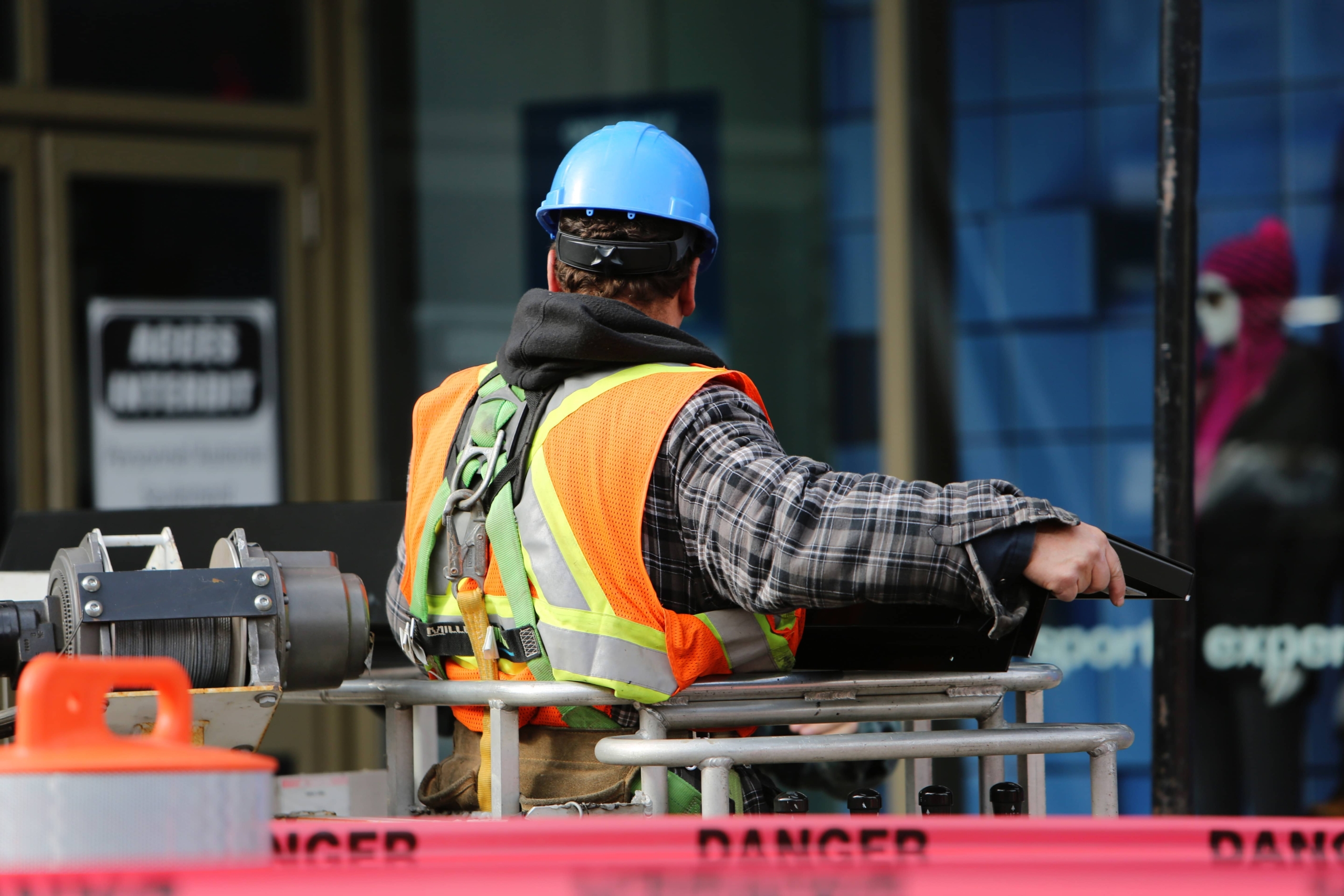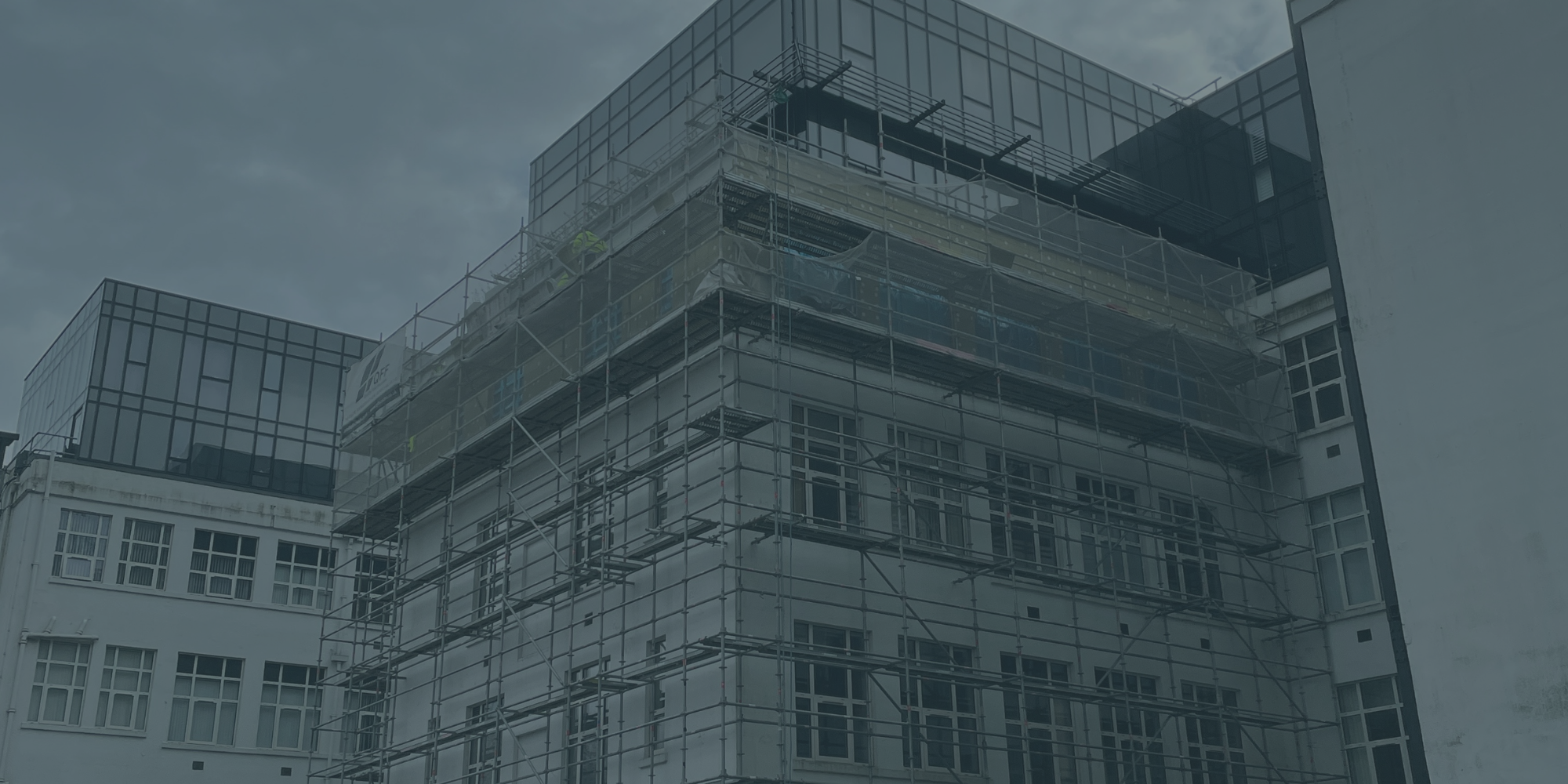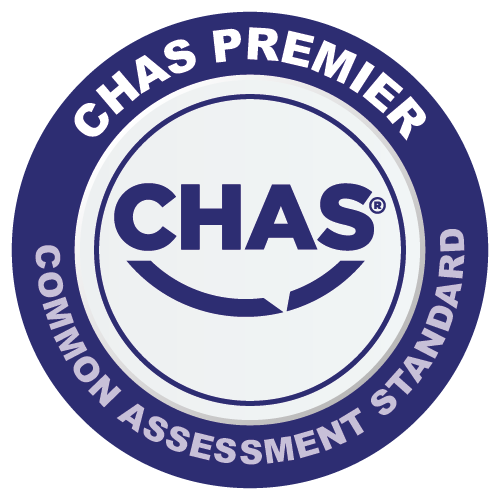We are pleased to hear that the Building Safety Bill has recently been given royal assent, meaning it is now an act of Parliament. This is a huge step forwards for the construction industry as the bill will help to improve safety standards in buildings across the UK. The government first introduced it earlier last year and has received broad support from both MPs and industry experts. It will help to ensure that all buildings are safe to use, regardless of their age or location.
What Does This Mean?
Not only does it ensure the standards of construction, but gives residents the ability to hold developers accountable for poor construction and design that threatens the safety of occupants.
The Building Safety Bill will also help to improve communication between different parties involved in the construction process, from designers and architects to engineers and contractors. This will help to avoid errors and mistakes that can often lead to accidents.
Creating specific points within each stage of the design and build process ensures that quality and safety are properly considered across the board. Tackling any arising issues early on reduces the risk of overspending and impractical repairs closer to the project deadline.
What Are The Key Points Within The Building Safety Bill?
The government set out a number of key points that must be adhered to in order to ensure the safety of occupants in buildings. These include:
– Ensuring that all new buildings are designed and built with safety in mind.
Instead of designers and architects focusing on aesthetics and function, there will be a huge crackdown on the materials and processes being used to construct new developments.
Instead of being a separate step along the way, there will be new and stricter policies on carrying out checks at every point.
– Making sure that existing buildings are regularly inspected and maintained.
Continuity is essential for these new safety regulations. While everything may appear to have been carried out correctly at the time, it can often not be until much later that the issues begin to arise.
Think about the time you bought a house thinking it would be easily maintained and liveable immediately. It is only when you move in and utilise its functions that the problems become clear.
– Putting in place robust systems for investigating incidents and learning from them.
As we will touch on later in this article, communication has been a real problem for decades in this industry. Occupants’ concerns were not taken seriously and people without the correct authority were not able to have any input in the safety features of a building.
As a result, major issues have been missed leaving room for the same mistakes to be made again.
– Giving residents a stronger voice in the design, construction and operation of their homes.
In order to improve communication, we must ensure the people whose safety is actually at risk get a proper say in everything. This way regulators and those being held accountable can ensure no stone is left unturned. it will provide peace of mind for everyone involved.
The changes put in place will simplify any existing regulations to ensure only the highest standards are met with thorough reports that are updated regularly. By doing this, we establish a firm base and clarify expectations to be met across the property’s life.
Who Does It Impact?
 The bill applies to residents, building owners and those who commission the construction of new plots or properties as well as those involved in the design and build process itself.
The bill applies to residents, building owners and those who commission the construction of new plots or properties as well as those involved in the design and build process itself.
From contractors to designers and our team here at Blakeney Leigh, we will all be adhering to new guidelines that pave the way for improvement in the construction industry.
Regulators
As well as the process of construction – the Construction Products Regulator is involved in all manner of materials and design before it reaches the building site. As a result of the bill, they will now have the ability to remove dangerous products from the market – making it even easier to ensure quality throughout future developments.
This is crucial in order to prepare professionals in this field for new tasks, roles and competencies that will be required to comply. In order to remain accountable, everyone involved will need to fully understand what is expected. So, by appointing new power, we will begin to see more changes happening across the board that improves standards in all areas of construction.
New Building Safety Regulators as enforced by this bill will oversee the performance of all buildings in relation to the points set out above. They will work with developers to implement stricter regimes for high-risk buildings.
This will of course take into account the requirements of different developments and they will assist in amending the construction processes where necessary. Even with this in mind though, it is important to remember that changes are required not only from a regulatory perspective but within the general culture of this industry too.
With too few incidents of no accountability, this Royal Assent is an extremely positive step in the right direction.
Benefits Of Royal Assent
Royal assent is the formal approval given by the monarch to an Act of Parliament. Once an act has received royal assent, it becomes law.
This is one of the final stages in the process of making legislation. In the UK, bills must be approved by both the House of Commons and House of Lords before they can be given royal assent by the monarch.
After much uncertainty, the news of this law passing will absolutely ensure building safety is a priority within each and every construction project.
This is fantastic for the industry, which has been under scrutiny in recent years following a number of high-profile incidents. The Building Safety Bill will not only help to improve standards but make sure that everyone involved in the construction process is accountable for their actions.
In previous years, regulations have been approached as guidelines rather than important rules to follow. This has led to a huge discrepancy in construction and design quality across the country.
With many blaming it on lack of clarity, now having legal responsibility and current regulations will provide plenty of answers and a stable framework to aid in consistency.
Grenfell
A multitude of complaints were made by residents of the Grenfell tower regarding their concerns for safety – long before the horrendous events of 2017.
One of the most important aspects of this bill is improving communication between residents and regulators. The law now enforces responses to be made with regards to any concerns or outstanding information.
Occupants will be entitled to request detailed safety information on their property. Building owners and those in charge will be legally obliged to provide this in a timely manner so that issues and judgements can be raised and dealt with.
It is hoped that this will help to build trust and give peace of mind to residents who have been living in fear for too long. You can find out more about a previous external refurbishment project we carried out here.
What Does The Future Hold?
Now that the Building Safety Bill has received royal assent, we can expect to see some big changes happening within the construction industry over the next 12 to 18 months. With improved communication between residents and regulators, as well as new building safety regulations, we should start to see a huge improvement in standards across the board.
We are looking forward to seeing the positive impact this has on the way we do things. If you have any questions or would like to know more about the Building Safety Bill, please get in touch with our team of experts today.














Get Social